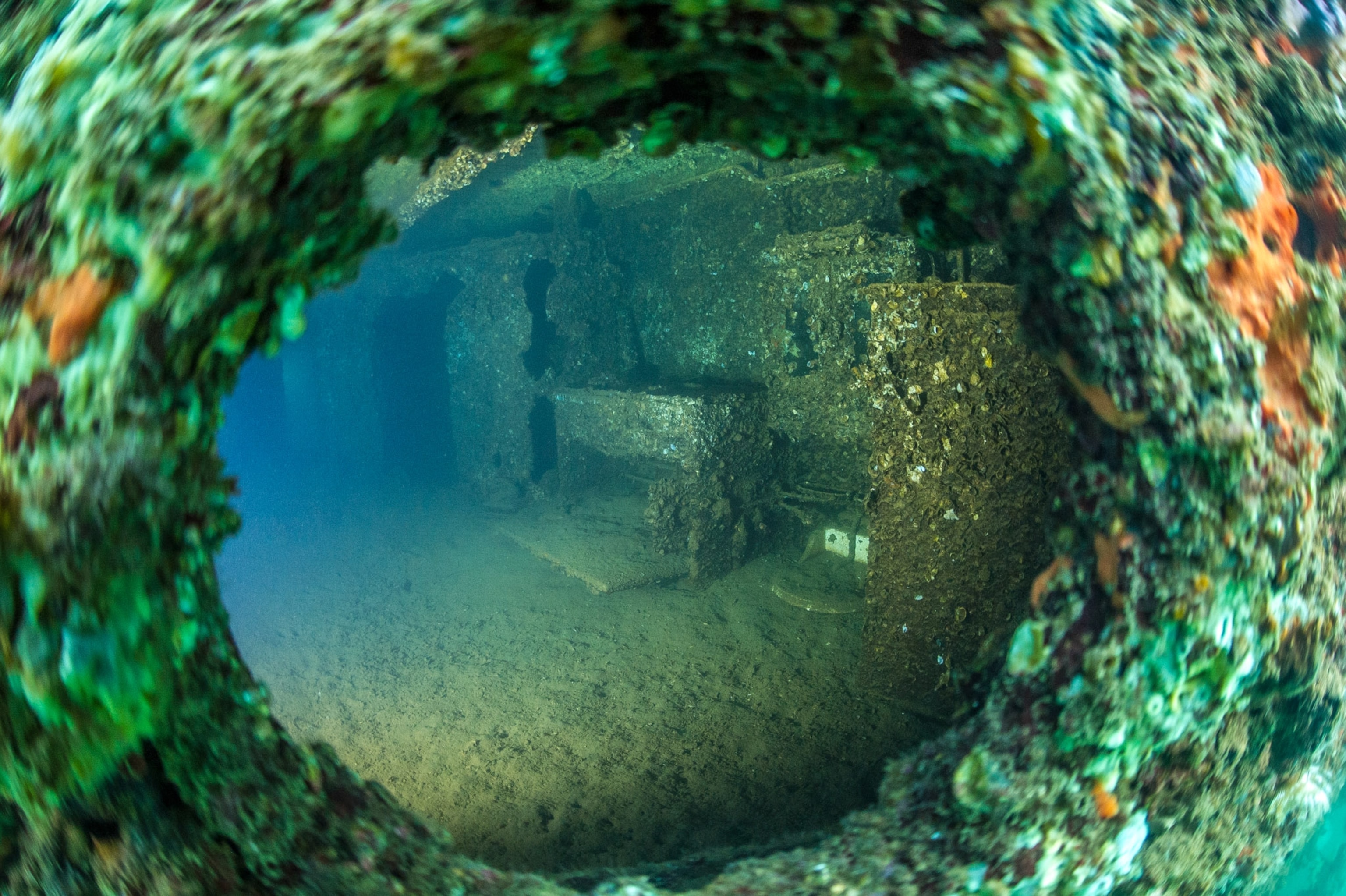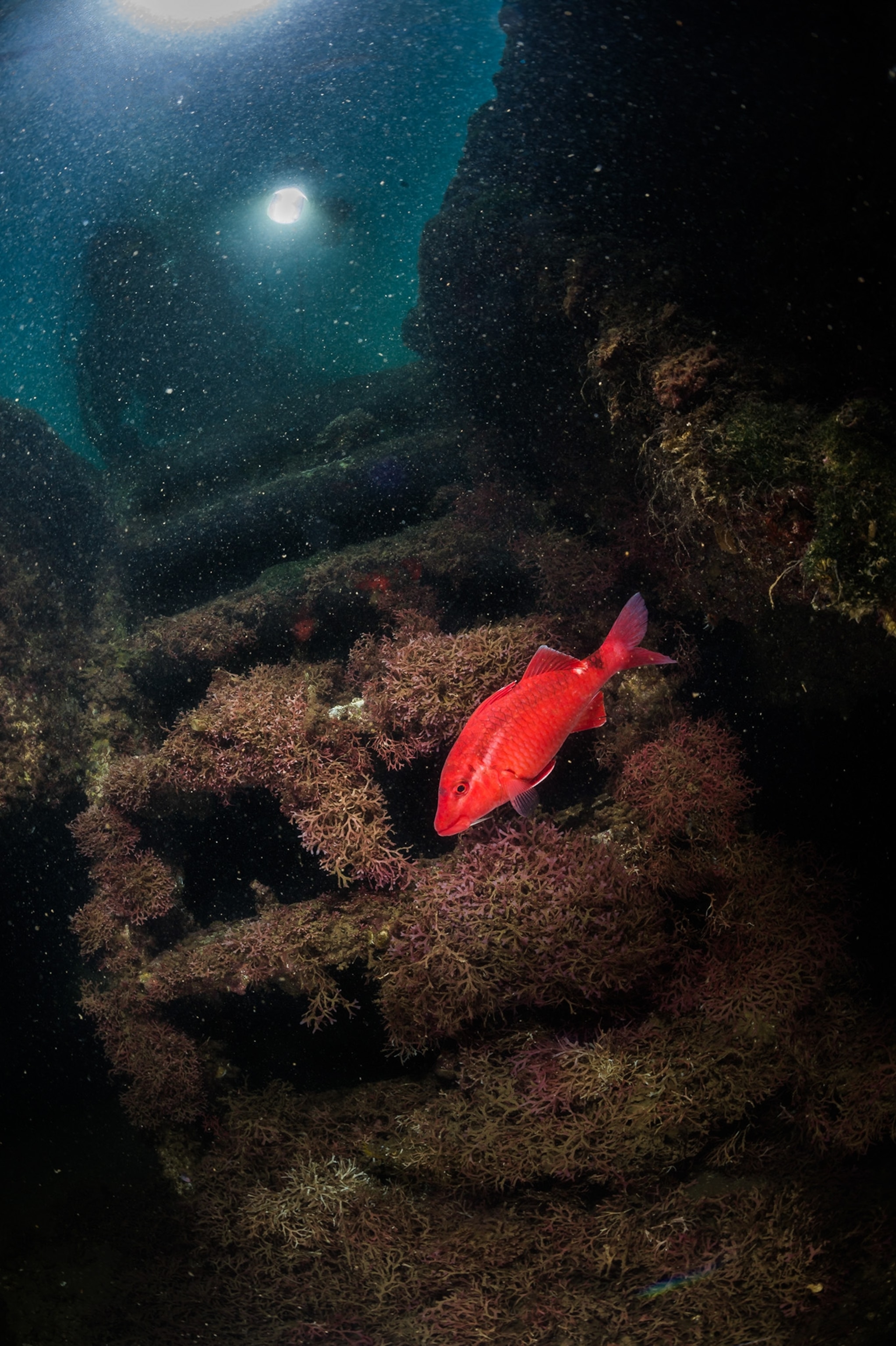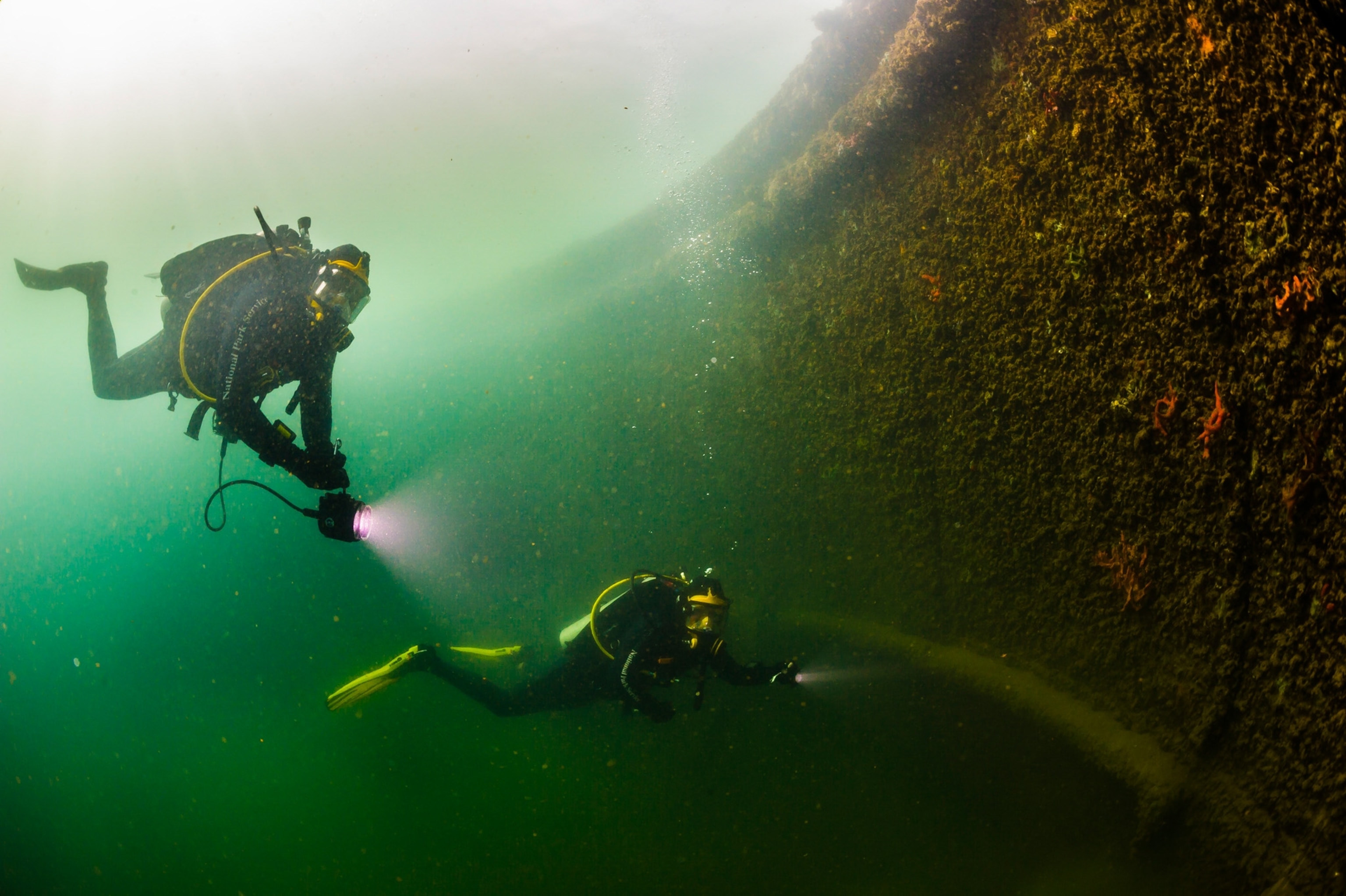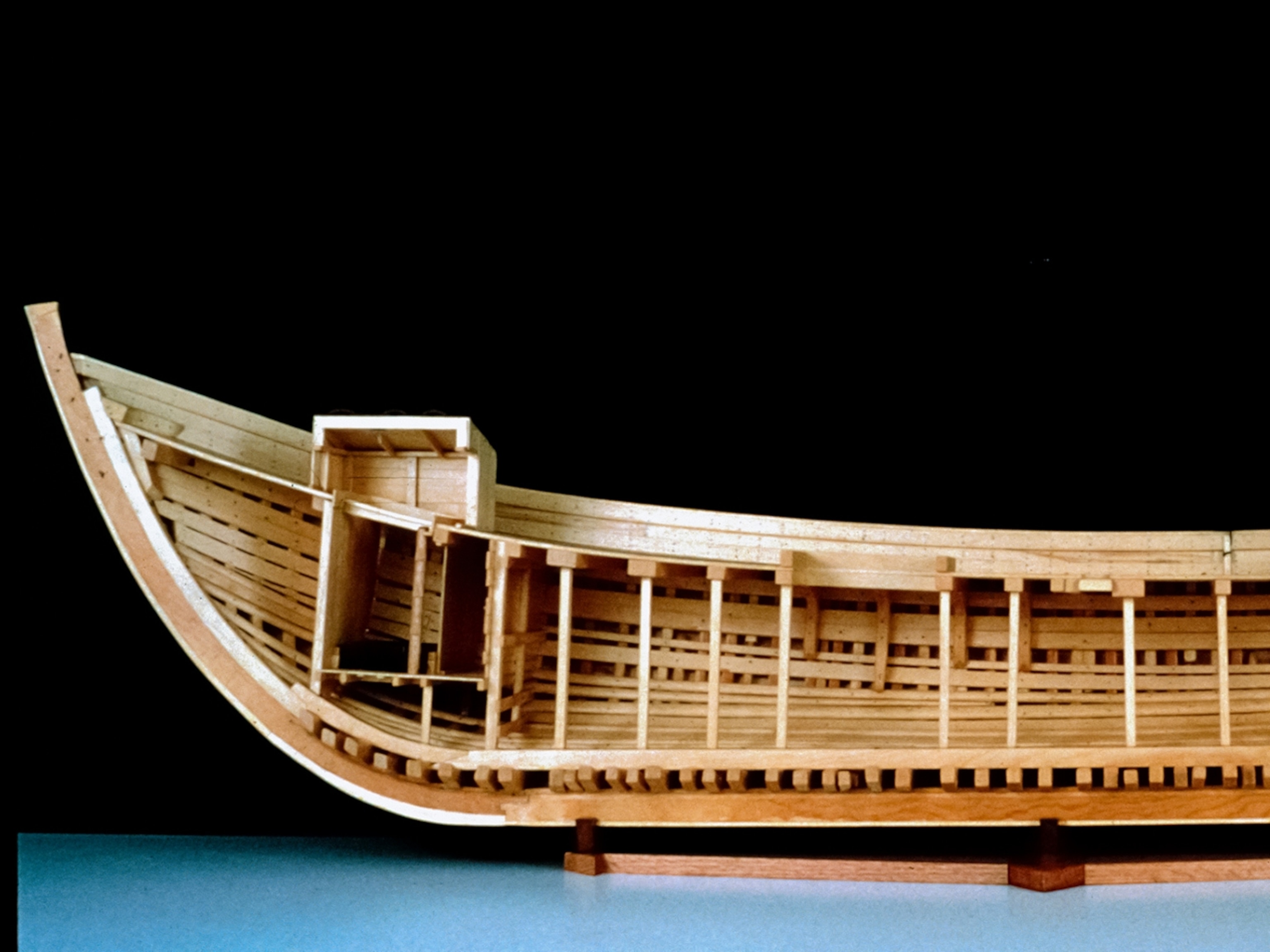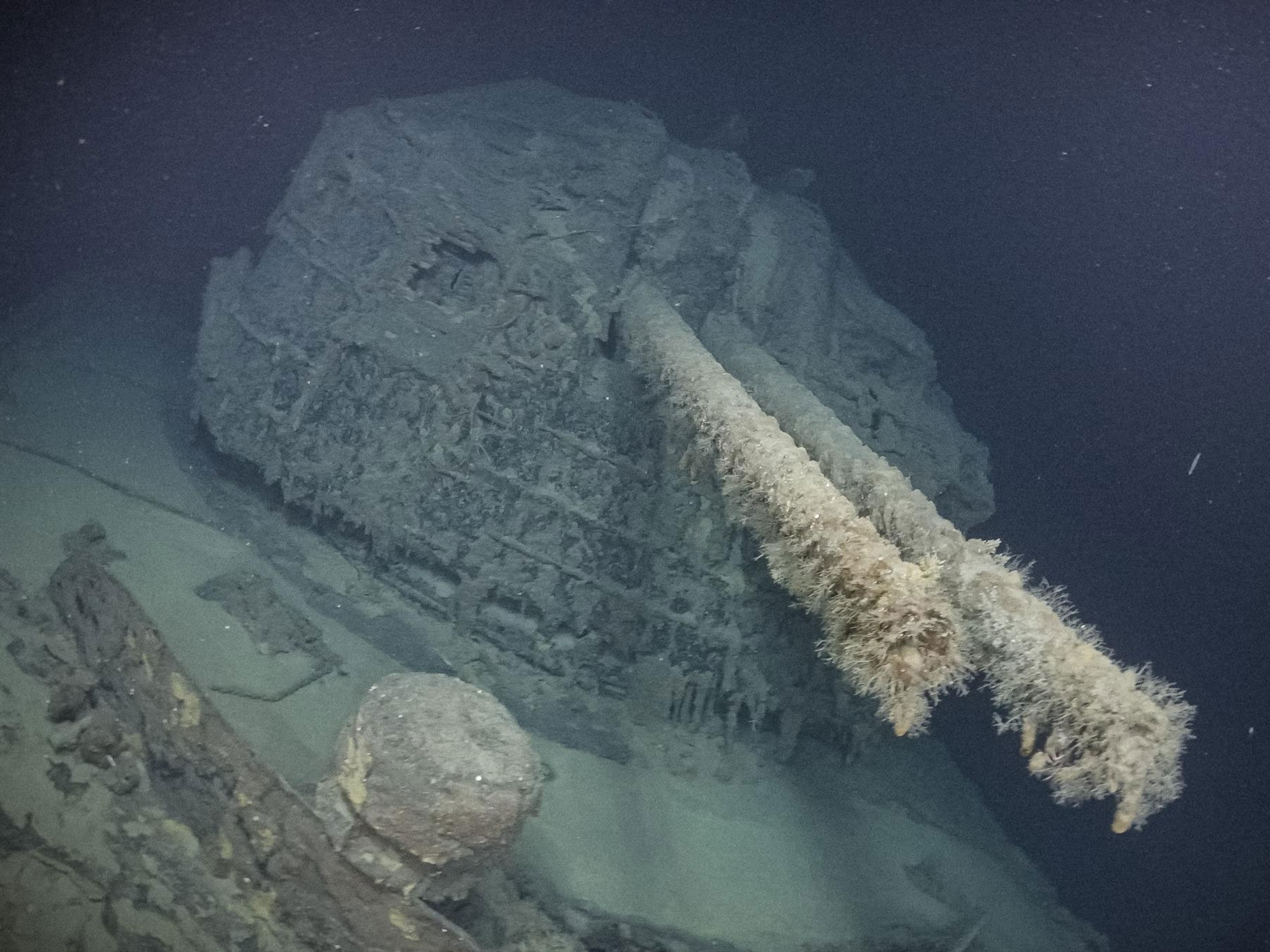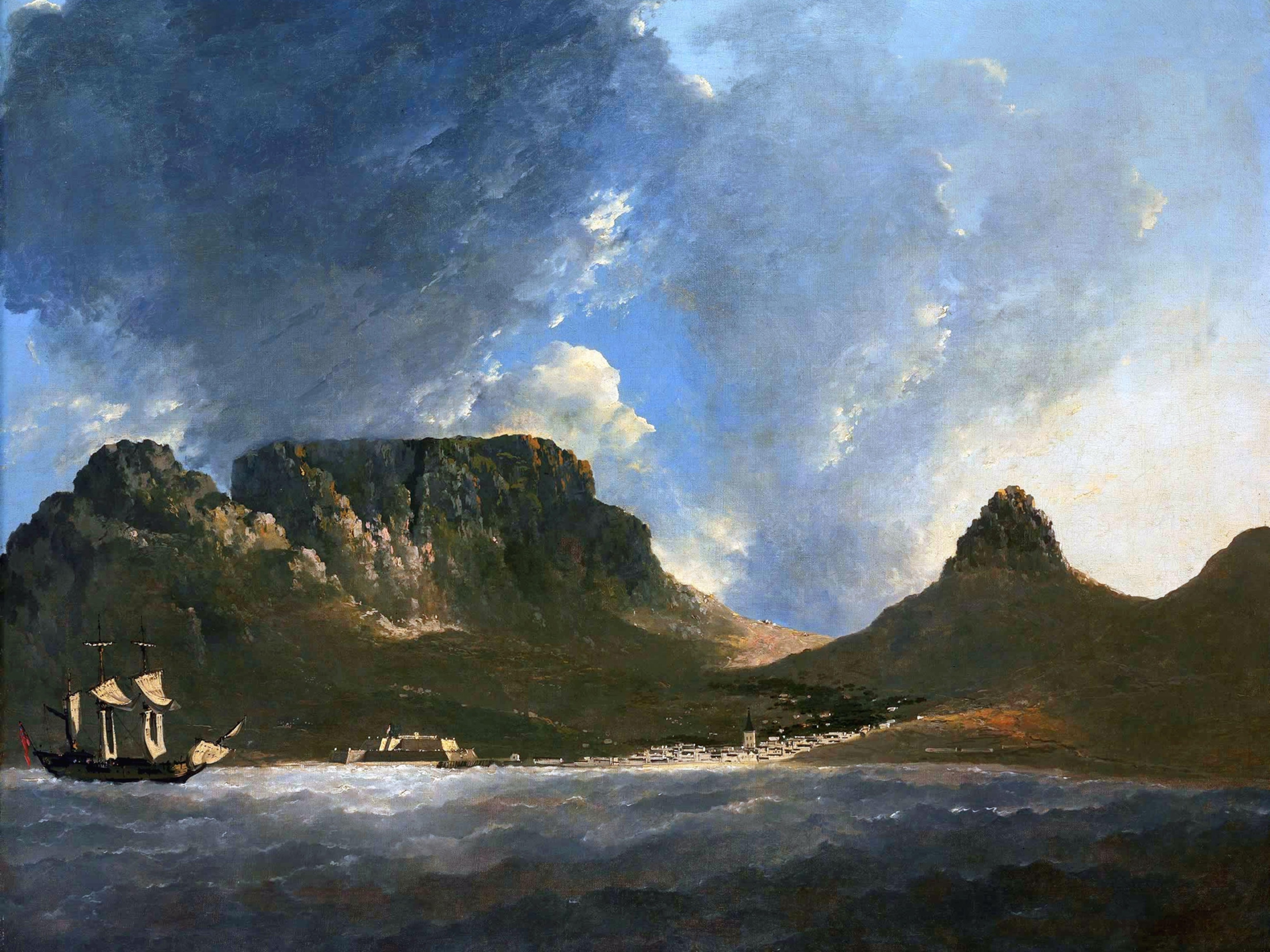Pearl Harbor Shipwreck Reveals World War II Treasures
Archaeologists take a deeper look inside the U.S.S. Arizona and discover well preserved "pieces of history."
At Pearl Harbor, history is begetting history—again.
Earlier this week, Japanese Prime Minister Shinzo Abe joined President Obama at the World War II Valor in the Pacific National Monument—the latest step in a decades-long shift from postwar acrimony to forgiveness.
At the same time, 40 feet beneath the waves, the U.S.S. Arizona is giving up some of its 75-year-old secrets.

Sunk on December 7, 1941 by Japanese warplanes—during a surprise attack that plunged the United States into World War II and altered world history—the 608-foot-long battleship is one of the most studied shipwrecks in the world. In the 1980s, it was initially mapped; in the early 2000s, its condition and lifespan were analyzed. Yet exploration of the ship’s interior has long been limited, in large part by the available technology.
Until now. Last week, a team of divers and photographers completed 10 days of work in the turbid waters of Pearl Harbor. The team—including National Park Service (NPS) archaeologists and National Geographic photographers—used a remotely operated vehicle (ROV) called “11th Hour” to document portions of the Arizona for the first time.
Custom built by Marine Imaging Technologies and the Woods Hole Oceanographic Institute, the ROV took video, gathered scientific data—measuring levels of dissolved oxygen, salinity, pH, and more—and collected oil, sediment, and microbiological samples, all of which will be analyzed at a Harvard University lab over the next several months.
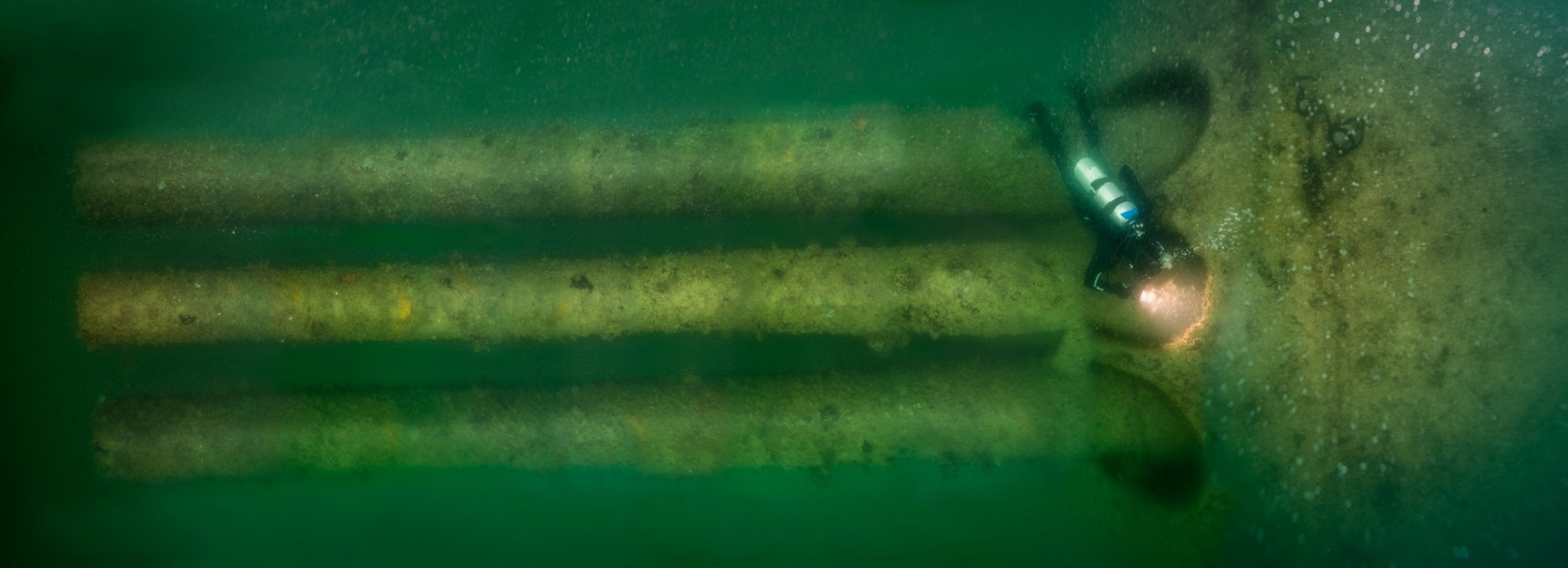
Brett Seymour, deputy chief and photographer of the NPS’s Submerged Resources Center (SRC), says extremely low levels of dissolved oxygen in the water, plus a protective shroud of marine life, have helped preserve the ship and its contents.
“Most of the water in Pearl Harbor is more than 80 percent dissolved oxygen, which would quickly corrode a ship," Seymour says. "But as we went lower and lower on the Arizona, the dissolved oxygen levels kept decreasing—drastically. By the time we reached some of the cabins on the third deck, it was just 4 percent.
“We’d always suspected that,” he adds. “But now we have the data to prove why the Arizona is so well-preserved—and the science to understand why it’s still there.”
Navigating the ROV, Seymour says, involved a remarkable process of discovery.
“It’s utter blackness down there,” he says. “You can see only a few inches to a foot in front of you, and only straight ahead. Then, all of a sudden, these forms and shapes would appear on the screen. We were all straining to see, trying to make sense of what they were. Is that a desk in the sediment? Or something else manmade? When you find these artifacts—these pieces of history—you have to pause and try to process them.”
One of the most memorable finds, he says, was a jacket hanging in an officers’ stateroom. “It wasn’t covered with sediment,” says Seymour, “and it hadn’t fallen to the ground. It was just there, standing proud, hanging on its hanger.”
The next step will be to penetrate below the third deck. Whenever that happens, says Seymour, “the question—which goes back to the NPS’s original mission statement—remains: How do we leave this place unimpaired for future generations? How can we preserve, protect, and interpret the Arizona, how can we tell its story, without doing any harm?”


That’s because the “the human connection down there is so strong. You can’t look at the Arizona as just steel and wood and iron without understanding the sacrifice, the loss of life that occurred there.
“I mean, this ship has a soul. It’s the only shipwreck I’ve been on in 20-plus years and 400 dives where you feel a personal, emotional connection. You get engaged in the science you’re doing, but then you find a jacket hanging in a locker. Or a shoe sole. Or a shaving kit.
“This is not just a shipwreck. It’s the shipwreck. It’s the Arizona.”
(Meet some of the men who survived the Pearl Harbor attack and read their stories here.)
[Editor's Note: This story has been updated to reflect the fact that this is not the first visit to Pearl Harbor by a sitting Japanese leader.]

